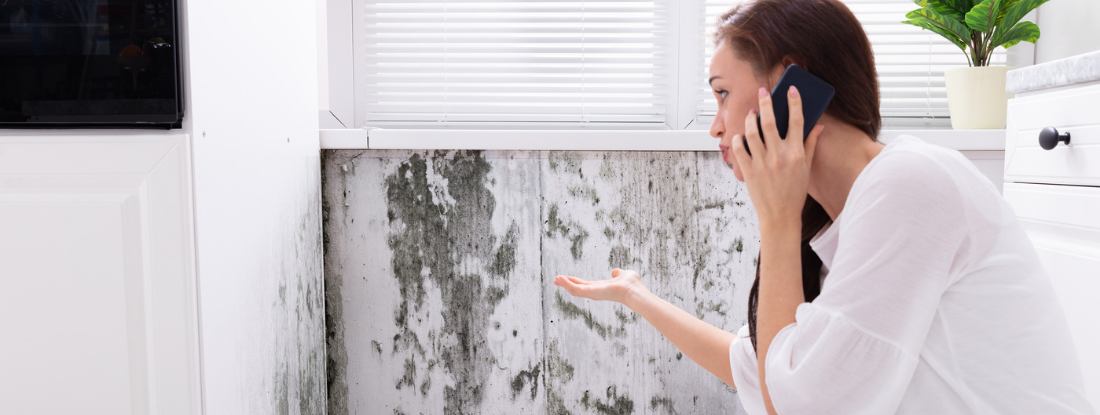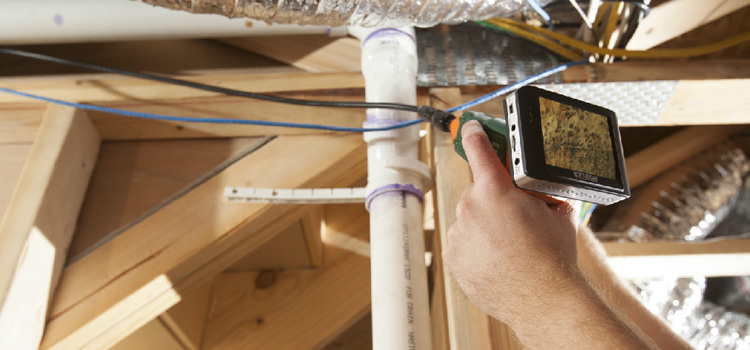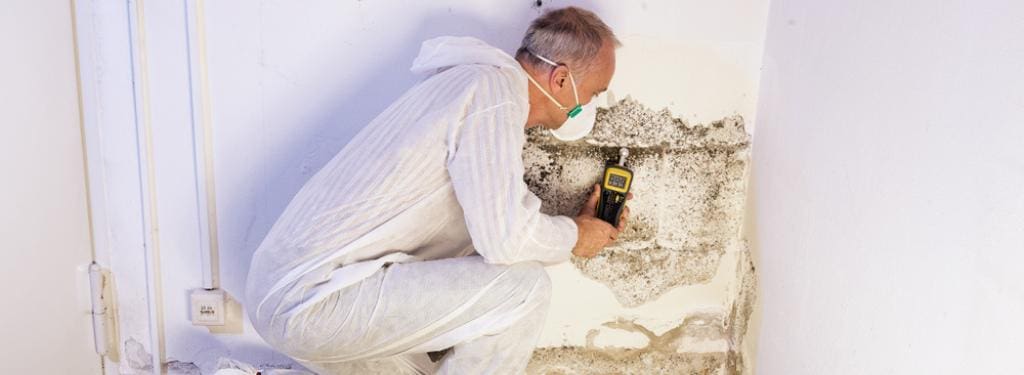Testing Air Quality After Mold Remediation
Your Ultimate Overview to Post Mold Removal Methods
In the after-effects of mold and mildew infestation, knowing just how to successfully eradicate the mold and stop its reoccurrence is vital for maintaining a healthy indoor environment. From picking the appropriate cleaning and sanitizing approaches to carrying out strategies for lasting mold prevention, each action in the removal journey plays a vital duty in guaranteeing a successful end result.
Recognizing Post-Mold Removal Refine
After completing the mold remediation process, it is vital to understand the post-mold remediation techniques that are needed to ensure a extensive and effective cleanup. Once the mold and mildew has been removed, the next step includes cleaning and sanitizing the impacted locations to prevent any regrowth of mold.
Moreover, conducting a final evaluation post-remediation is essential to make certain that all mold and mildew has actually been effectively eradicated. If the inspection discloses any remaining mold, additional removal might be necessary.
Effective Cleansing and Decontaminating Techniques

Stopping Future Mold Growth

Relevance of Appropriate Air Flow
Proper ventilation plays a vital duty in preventing wetness buildup, an essential element in mold growth within interior settings. Efficient air flow systems help eliminate excess moisture from the air, lowering the chances of mold spores locating the dampness they need to germinate and spread out. Without adequate air flow, visit the website interior rooms can end up being a breeding ground for mold and mildew, causing prospective wellness dangers and structural damages.
By guaranteeing correct air blood circulation, ventilation systems can additionally aid in drying damp areas quicker after water damages or flooding cases, additionally preventing mold development. Post Mold Remediation Report. In spaces like shower rooms, kitchens, cellars, and attics where dampness levels often tend to be higher, setting up and preserving effective ventilation systems is crucial in preventing mold problems

Monitoring and Upkeep Tips
Given the critical function that proper air flow plays in preventing mold and mildew development, it is essential to establish reliable surveillance and upkeep pointers to guarantee the continued functionality of ventilation systems. Surveillance moisture degrees within the residential or commercial property is likewise important, as high moisture can add to mold growth. By remaining mindful and positive to the condition of air flow systems, property owners can efficiently reduce the risk of mold regrowth and keep a healthy and balanced interior environment.
Verdict
In final thought, post-mold remediation strategies Our site are necessary for ensuring a clean and secure setting. Understanding the procedure, implementing effective cleaning and decontaminating methods, preventing future mold and mildew growth, maintaining appropriate air flow, and routine tracking are all critical action in the removal process. By following these guidelines, you can efficiently get rid of mold and stop its return, functioning or promoting a healthy living space for all occupants.
In the aftermath of mold infestation, understanding exactly how to effectively remove the mold and mildew and stop its reoccurrence is removal mold company extremely important for preserving a healthy indoor environment. As soon as the mold and mildew has been eliminated, the next action includes cleaning and sanitizing the affected locations to avoid any type of regrowth of mold - what to do after mold remediation. After eliminating visible mold and mildew growth, it is important to cleanse all surface areas in the damaged area to remove any kind of continuing to be mold and mildew spores. To further boost mold avoidance steps, it is important to address underlying concerns that originally led to mold development.Provided the critical role that appropriate ventilation plays in preventing mold and mildew development, it is vital to develop effective tracking and maintenance pointers to ensure the continued functionality of air flow systems